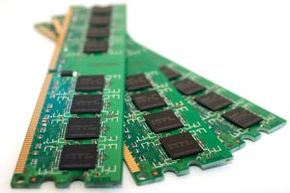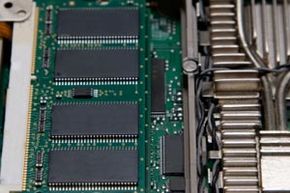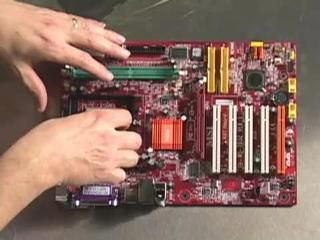If you've ever switched from a desktop computer to a laptop, the experience can be liberating. While some might enjoy having a single space in which to work at a computer and organize files both physical and digital, a desktop can also keep you feeling anchored to the spot. It relies on electrical outlets 100 percent of the time, and carrying all of its bulky components from one place to the next isn't convenient, either.
Laptops, however, run on battery power, and, once sufficiently charged, can operate anywhere you carry them. They're small, thin and lightweight, so whether you want to lounge on the couch or work at the coffee shop, laptops are portable and easy tools to use.
Advertisement
But the only real difference between a laptop and a desktop, of course, is how they're put together. A laptop has all of the same hardware and accessories a desktop does, like a screen, a keyboard, a microprocessor, memory storage and a series of fans to cool the system down. Everything is just arranged differently since it needs to fit in a much smaller package. That means once you start building up more files, adding more pictures, uploading more music and using more programs simultaneously, you'll experience something many laptop computer users lament -- slow load times and sluggish performance.
Typically, the culprit behind any performance issue is an insufficient amount of random access memory, or RAM. Although some owners cringe at the thought of adding more RAM because a laptop's layout isn't as straightforward as a desktop, sometimes adding or upgrading the RAM on your system is the easiest and cheapest solution to increasing your laptop's performance.
So what exactly are you doing when you add more RAM to your system? How do you choose the right RAM? And once you've opened up that laptop, how do you install RAM correctly?
Advertisement



